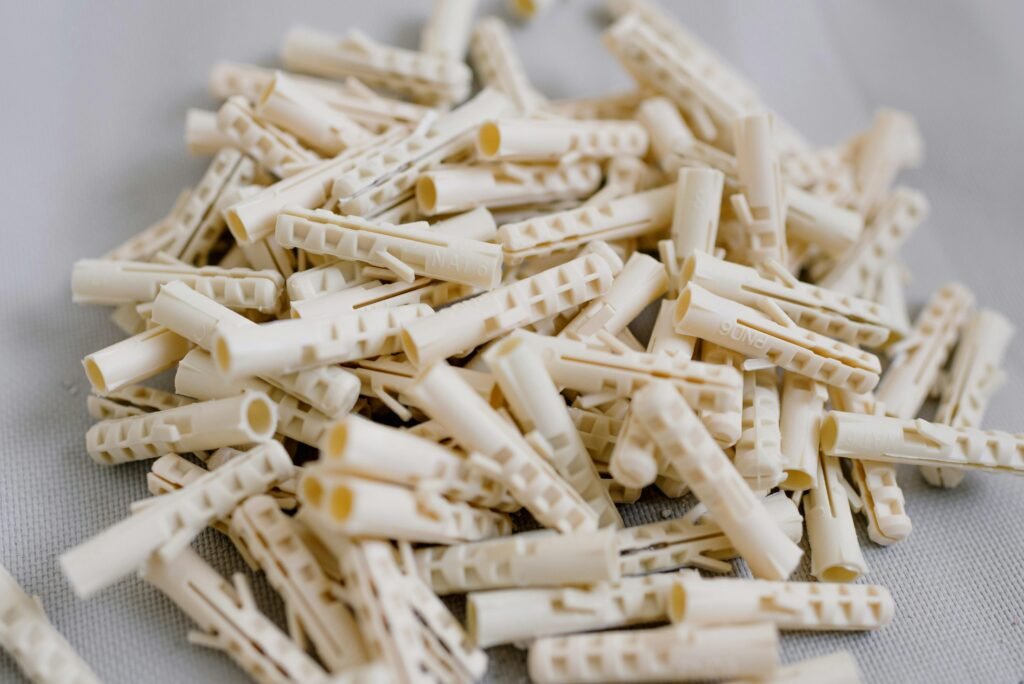Do Your Socks Have Holes?
Do you often find yourself discarding your favorite pair of socks because they have pesky holes in them? Don’t worry; you’re not alone! Luckily, with the right tools and a bit of know-how, you can easily repair those holes and extend the life of your socks. In this ultimate guide, you will learn various sock repair techniques that will save you money and reduce waste.
Why Repair Your Socks?
Repairing your socks may seem like a tedious task, but it comes with several benefits. Not only does it save you money by eliminating the need to constantly buy new socks, but it also reduces waste and contributes to a more sustainable lifestyle. Plus, there’s a sense of satisfaction that comes with being able to mend your favorite pair of socks and keep wearing them for years to come.

This image is property of images.pexels.com.
Find more products like these on Amazon!
Tools You’ll Need
Before you embark on your sock repair journey, make sure you have the right tools at your disposal. Here are some essential tools you’ll need to effectively repair your socks:
| Tool | Description |
|---|---|
| Sewing Needles | Different sizes for various repairs |
| Thread | Strong thread in various colors |
| Scissors | Sharp scissors for cutting thread |
| Darning Egg | Wooden or metal tool for darning socks |
| Sewing Pins | To hold fabric in place while sewing |
| Thimble | Protects your finger while sewing |
Having these tools on hand will make the sock repair process much smoother and more efficient.
Tips for Choosing the Right Supplies
When selecting sewing needles, opt for ones with sharp points and strong shafts that won’t bend easily. For thread, choose a color that closely matches the color of your socks to make the repairs less noticeable. Invest in a high-quality pair of scissors to ensure clean cuts when trimming thread. A darning egg will help you maintain the shape of your sock while darning, and sewing pins will keep the fabric in place as you work. Lastly, a thimble will protect your finger from getting pricked by the needle as you sew.
Find more products like these on Amazon!
Techniques for Repairing Holes
Now that you have your tools ready, it’s time to dive into the various sock repair techniques you can use to mend those pesky holes. Depending on the size and location of the hole, you can choose from different methods to effectively repair your socks. Here are some common techniques you can try:
1. Darning
Darning is a classic sock repair technique that involves weaving thread across the hole to create a new fabric. This method is ideal for small to medium-sized holes and works best on knit socks. To darn a hole in your sock, follow these steps:
- Turn your sock inside out and place it over a darning egg to create a smooth surface.
- Thread your needle with a length of thread and tie a knot at the end.
- Begin weaving the needle across the hole, creating a grid-like pattern.
- Continue weaving the thread vertically and horizontally until the hole is completely covered.
- Knot the thread securely and trim any excess.
Darning is a great way to reinforce weak spots in your socks and prevent further damage. Plus, it adds a personalized touch to your repairs.
2. Patching
For larger holes or worn-out areas in your socks, patching is a practical repair technique. You can use fabric patches or scraps to cover the hole and secure it with a few stitches. Here’s how to patch a hole in your sock:
- Cut a piece of fabric slightly larger than the hole in your sock.
- Place the fabric patch on the inside of the sock, covering the hole completely.
- Pin the patch in place to prevent it from shifting.
- Thread your needle and sew around the edges of the patch in a running stitch.
- Secure the patch with a knot and trim any excess fabric.
Patching is a simple yet effective way to extend the life of your socks and give them a new lease on life. You can get creative with different fabric patterns and colors to add a fun touch to your repairs.
3. Knitting
If you’re handy with knitting needles, you can use your skills to repair holes in your socks. Knitting a patch directly onto the sock allows you to seamlessly blend the repair with the original fabric. Here’s how to knit a patch onto your sock:
- Use the same yarn as your sock to knit a small patch slightly larger than the hole.
- Thread a tapestry needle with the yarn and sew the patch onto the sock, matching the stitches.
- Secure the patch with tight stitches around the edges.
- Weave in the loose ends and trim any excess yarn.
Knitting a patch is a great way to reinforce thinning areas in your socks and add a touch of creativity to your repairs. It’s also a good opportunity to practice your knitting skills and experiment with different stitch patterns.
4. Invisible Mending
Invisible mending is a sophisticated repair technique that involves weaving a matching thread through the existing fabric to conceal the damage. This method is ideal for holes in delicate or patterned socks where traditional darning might be too noticeable. Here’s how to perform invisible mending on your socks:
- Select a thread that closely matches the color and texture of your sock.
- Thread your needle and carefully weave the thread through the damaged area, mimicking the original knit pattern.
- Be mindful of tension and stitch size to blend the repair seamlessly.
- Continue weaving the thread until the hole is completely covered.
- Knot the thread securely on the inside of the sock and trim any excess.
Invisible mending requires patience and precision to achieve a seamless finish. With practice, you can master this advanced technique and make your sock repairs virtually undetectable.

This image is property of images.pexels.com.
Tips for Preventing Future Damage
Now that you’ve mastered the art of sock repair, it’s essential to take proactive measures to prevent future damage and extend the lifespan of your socks. Here are some tips to help you keep your socks in top condition:
1. Rotate Your Socks
Avoid wearing the same pair of socks every day to prevent excessive wear and tear. Rotating your socks allows them to air out between wears and reduces the risk of developing holes in high-friction areas.
2. Wash Your Socks Carefully
Follow the care instructions on your socks to ensure they maintain their shape and elasticity. Wash them in cold water with mild detergent and avoid using harsh chemicals or bleach that can weaken the fabric.
3. Trim Loose Threads
Regularly check your socks for loose threads or snags and trim them with scissors to prevent them from unraveling further. Taking care of minor issues before they become major problems will help prolong the life of your socks.
4. Store Your Socks Properly
Avoid cramming your socks into a crowded drawer or tossing them on the floor. Store your socks neatly folded or rolled to prevent stretching and distortion. Consider using drawer dividers or organizers to keep your socks organized and easily accessible.
5. Invest in Quality Socks
Quality socks made from durable materials will last longer and withstand daily wear and tear better than cheaply made socks. Invest in high-quality socks with reinforced toes and heels to ensure they hold up to regular use.
By following these tips and incorporating them into your sock care routine, you can preserve the integrity of your socks and reduce the need for frequent repairs.

This image is property of images.pexels.com.
Conclusion
Repairing your socks doesn’t have to be a daunting task. With the right tools, techniques, and a bit of creativity, you can mend your favorite pairs and extend their lifespan significantly. Whether you choose to darn, patch, knit, or perform invisible mending, each technique offers a unique way to repair holes and reinforce weak spots in your socks. By taking proactive measures to prevent future damage and care for your socks properly, you can enjoy wearing them for years to come. So, the next time you spot a hole in your sock, don’t toss it out—grab your tools and get ready to repair it like a pro!

